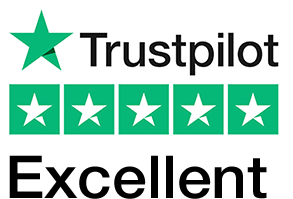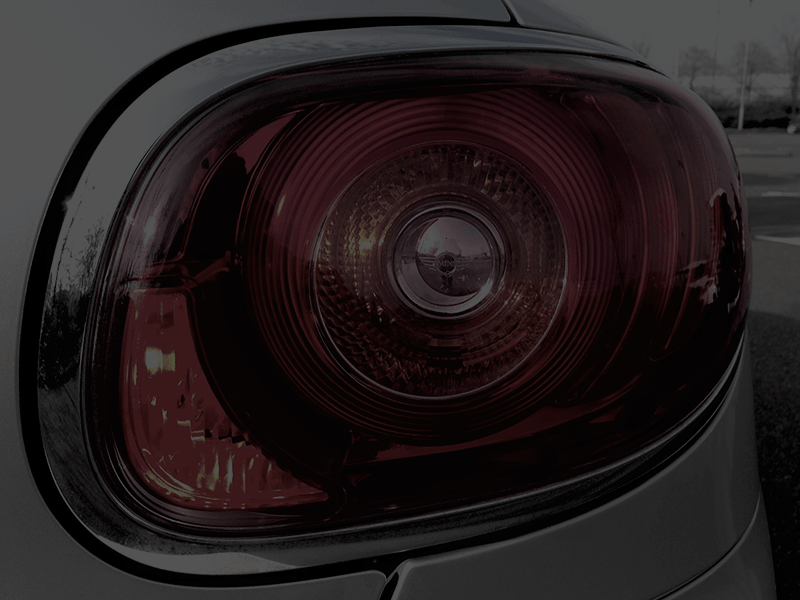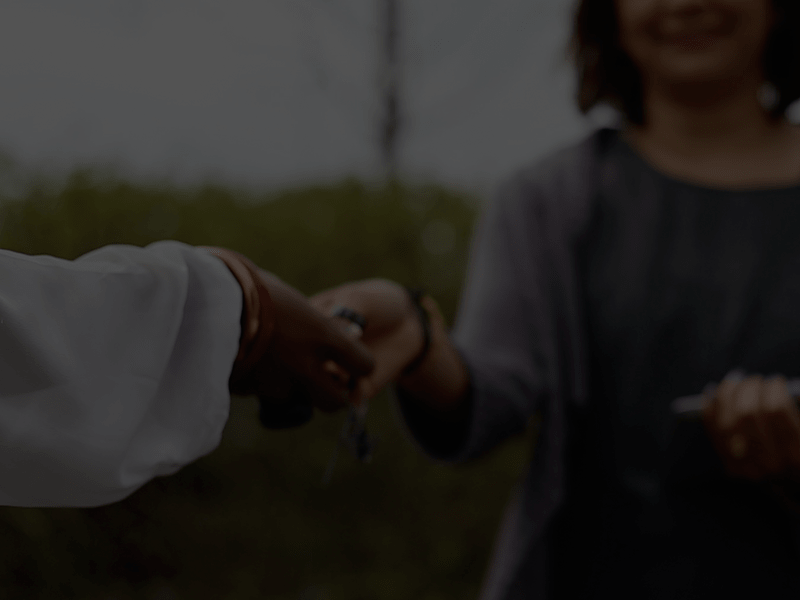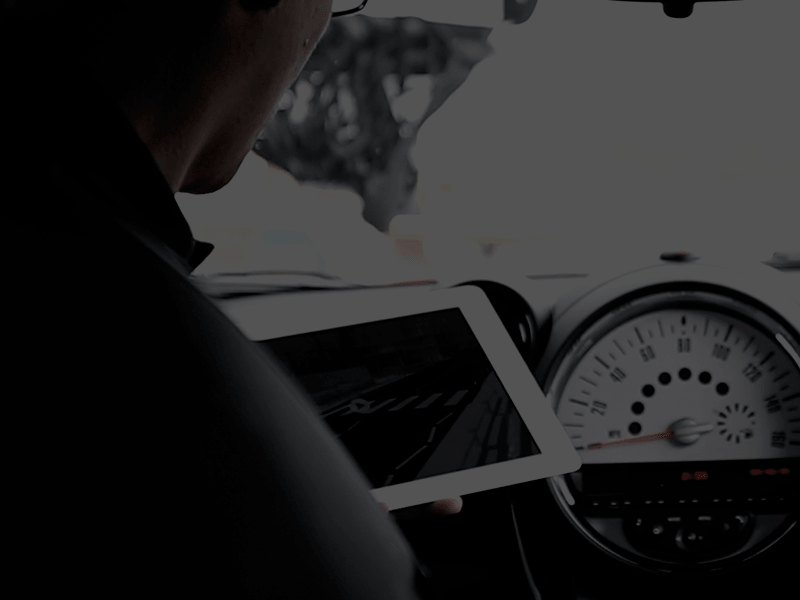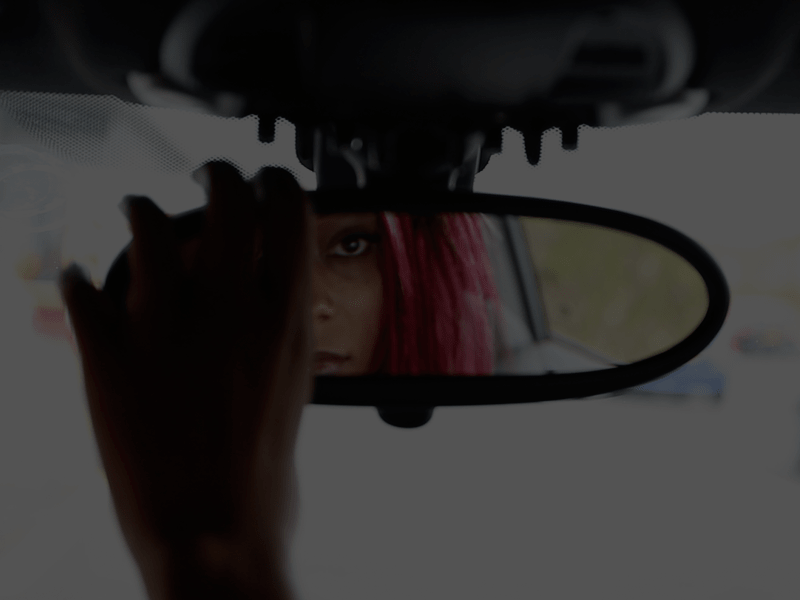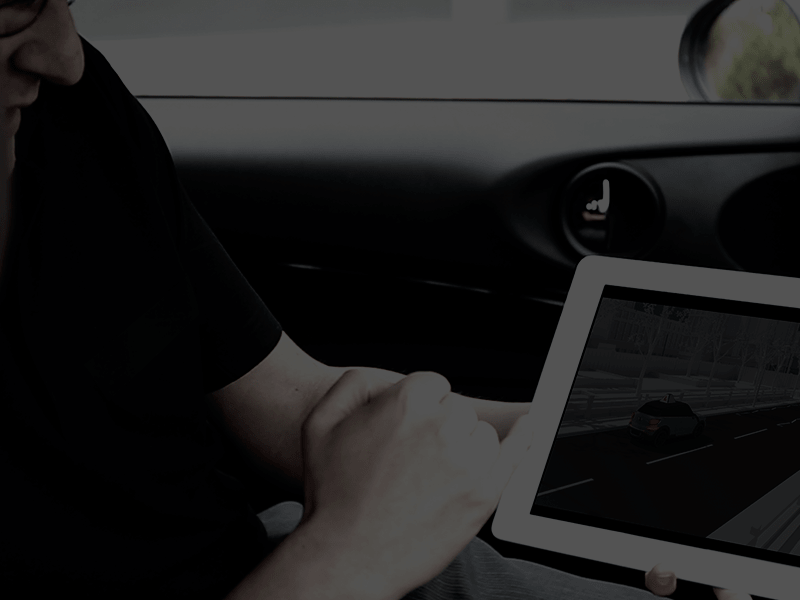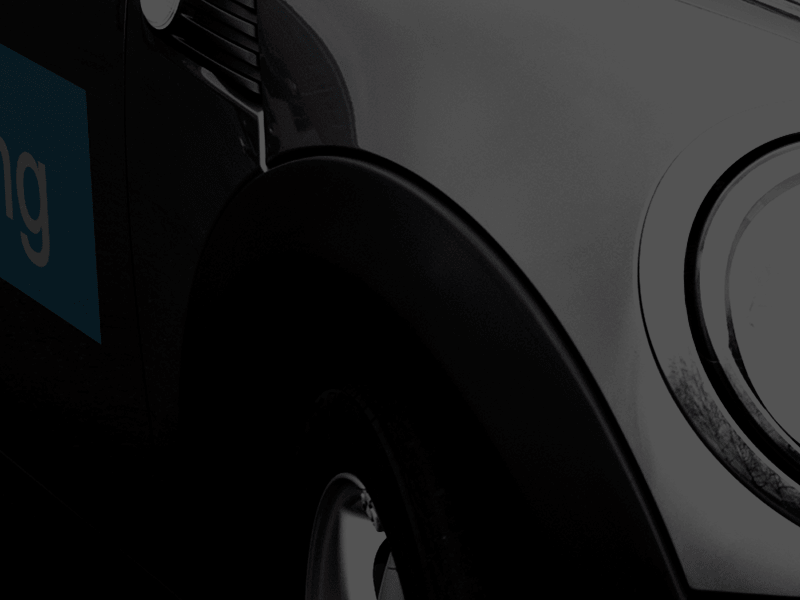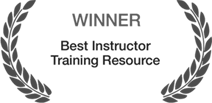Driving Tips – Using Mirrors
Tips about Using Mirrors
Look behind you!
If you’ve ever been to a pantomime you were probably part of an audience that called out ‘look behind you’ when something was happening on stage. Driving instructors often do the pantomime audience bit – reminding you to look behind!
When you are driving, you need to know what is happening all around, all the time.

Although you know what you want to do next and you give signals to tell other people, that’s sometimes not enough.
For example if the (stolen) car behind was full of bank robbers the driver probably won’t be taking much notice of what you’re doing – they’d just be intent on getting away. (Incidentally, if you’re a bank robber you need your mirrors to look for police cars!).

Before making a decision to change speed or position you must know exactly where the traffic behind you is and how fast it’s travelling. If there is a problem behind, you may need to change your plans. Problems aren’t usually as dramatic as bank robbers, but there could be emergency vehicles or inattentive drivers.
When there are no problems behind you still need to know who you are talking to when you give a signal.
This is why you use the Mirrors-Signal-Manoeuvre routine.
Two types of mirror
Cars usually have two types of mirrors – flat and convex. In most cars the interior mirror is flat and the door mirrors are convex.
When you see a vehicle in the slightly curved, convex door mirror it might seem to be further away than it actually is.
Convex mirrors give a wider field of view than flat mirrors but the image is slightly distorted. This is why you should always use both your interior and door mirrors to get a true picture of what’s happening behind.

What you can’t see in your mirrors
What you can’t see in your mirrors is just as important as what you can see.
There are some areas behind that are not visible in your mirrors; this is why your instructor insists that you check your ‘blind spots’ before moving off.
You need to check blind spots in most situations when moving off; for example: from the side of the road, after stopping at a pedestrian crossing, when turning right from a main road to a side road – anywhere where there might be a problem.
Use your mirrors – lots
Although the driving routine is called Mirrors, Signal, Manoeuvre you will almost always need to check your mirrors more than once. Before signalling to see if it’s safe to give a signal and to carry out your intended plan, after signalling to see how drivers behind are reacting to your signal and before slowing or turning, just to make sure things are still OK.
Always check your mirrors before you:
- Move off
- Give a signal
- Change your direction
- Slow down or stop
- Overtake
- Open your car door
Remember the pantomime and ‘Look behind you’.
